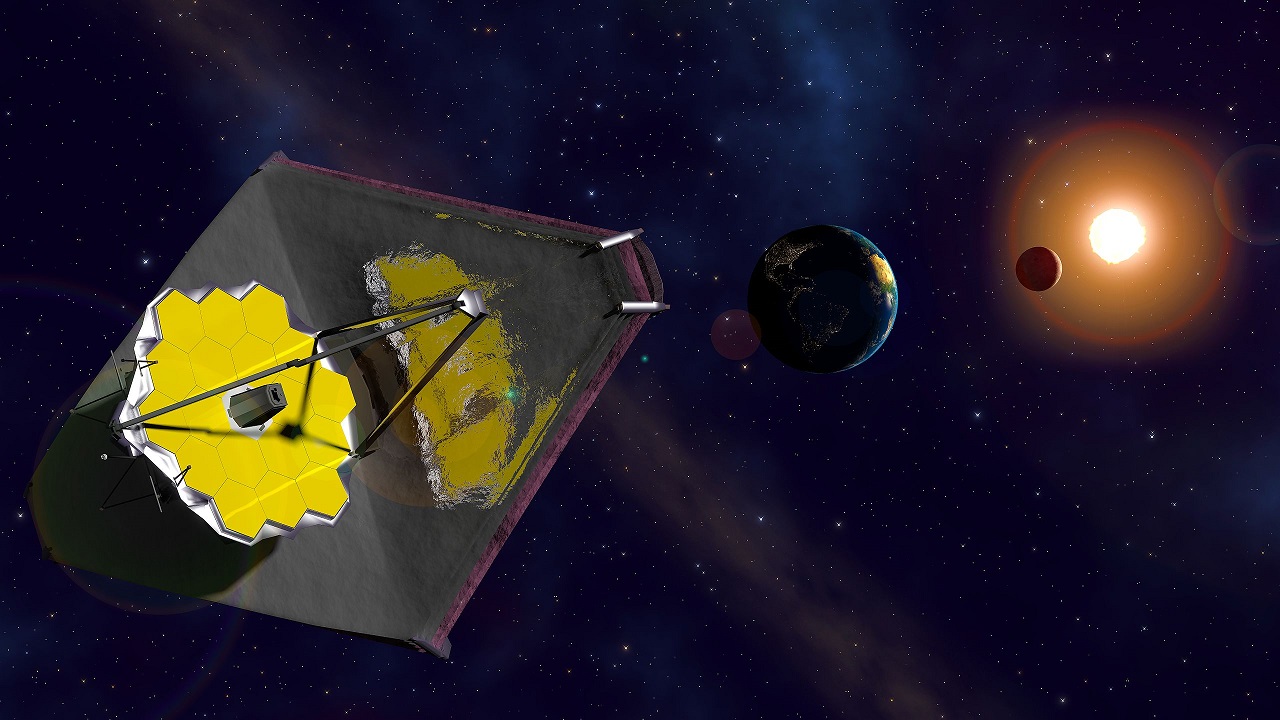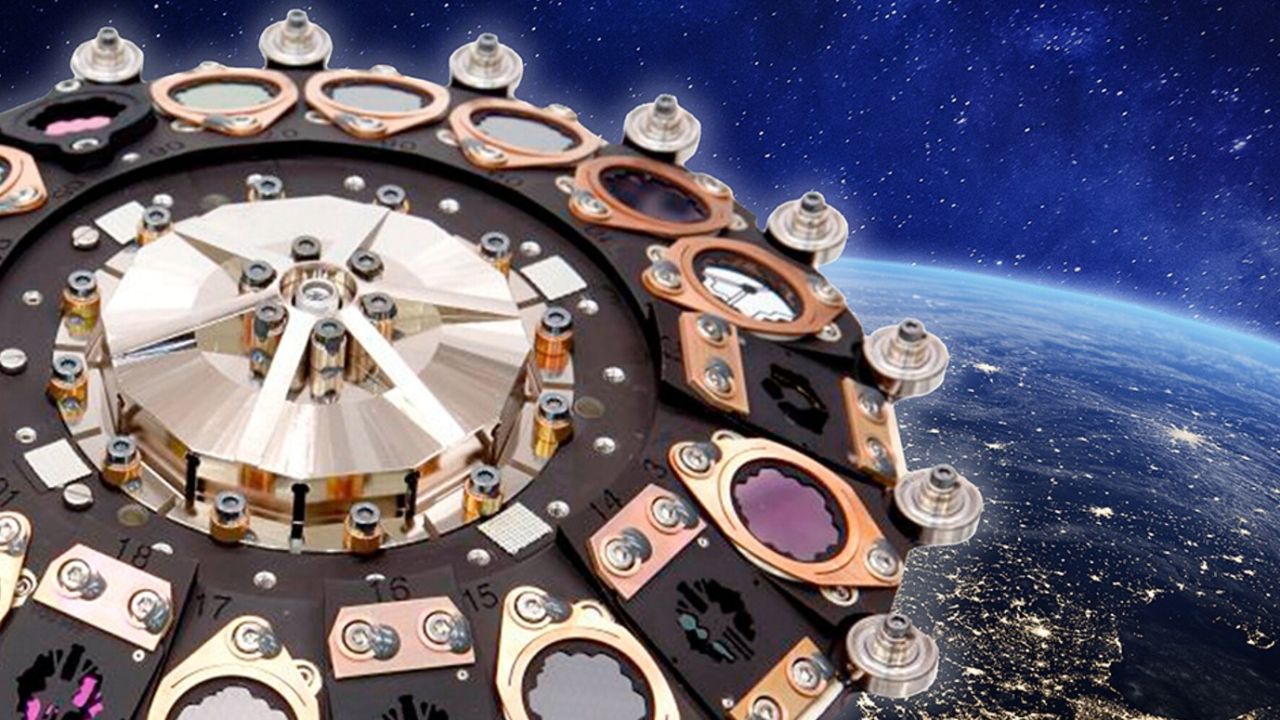There is a question that confuses all people: Whether there is life on another planet in the universe other than Earth. Researchers are doing their best to solve this mystery. The James Webb space telescope is investigating whether there is life on other planets. Space telescopes examine the atmospheres of planets. The James Webb space telescope caught some clues. Here are the details…
The James Webb space telescope is investigating whether there is life on other planets!
In June, astronomers reported a disappointing discovery. The James Webb Space Telescope examines planets in search of alien life. It found no thick atmosphere around TRAPPIST-1 C, an exoplanet in one of the most exciting planetary systems. However, research continues.

This finding came from another living planet in the TRAPPIST-1 system. The James Webb telescope has yet to find an atmosphere on the neighboring planet TRAPPIST-1 B. A few of the planets whose atmospheres have been studied are in the habitable zone. He continues his explorations at a distance far from stars, where liquid water could exist on their surfaces and otherworldly life could thrive.
Within the next few years, this telescope will be able to image the atmospheres of planets orbiting distant stars. It will go a long way in unraveling the mysteries hidden in the chemistry of these atmospheres. Additionally, the contents of these atmospheres may be the first clues to life beyond our solar system. This brings up another mystery to solve. What is the true chemical signature of life?
The most intuitive way to look for a biosignature is to find a gas that is obviously produced by life. For a while, scientists thought that oxygen alone could be a biosignature. Because oxygen is abundant on Earth due to photosynthesis. But oxygen can also arise from other processes. For example, sunlight can break down water in a planet’s atmosphere.

Both living things and non-living things produce methane. Therefore, it cannot be a convincing biosignature on its own. However, Robin Wordsworth, a planetary scientist from Harvard University, says that finding methane and oxygen together will change this situation. This combination is very difficult to produce without life. Similarly, recent work by Krissansen-Totton and colleagues has highlighted the importance of other gases. If the correct amounts of methane as well as other gases such as carbon dioxide are found, this could be a clue to life.
Of course, “if you’re looking for individual gases like oxygen or methane, then there are also assumptions within them about what kind of life exists elsewhere,” says Krissansen-Totton. For this reason, some scientists are developing agnostic biosignatures that do not assume that alien biochemistry will resemble Earth biochemistry.
In addition, with developing technology, the James Webb space telescope will easily examine the changes in the atmospheres of exoplanets. As a result of these observations, researchers will determine the ratio of gases and focus on clues of life.